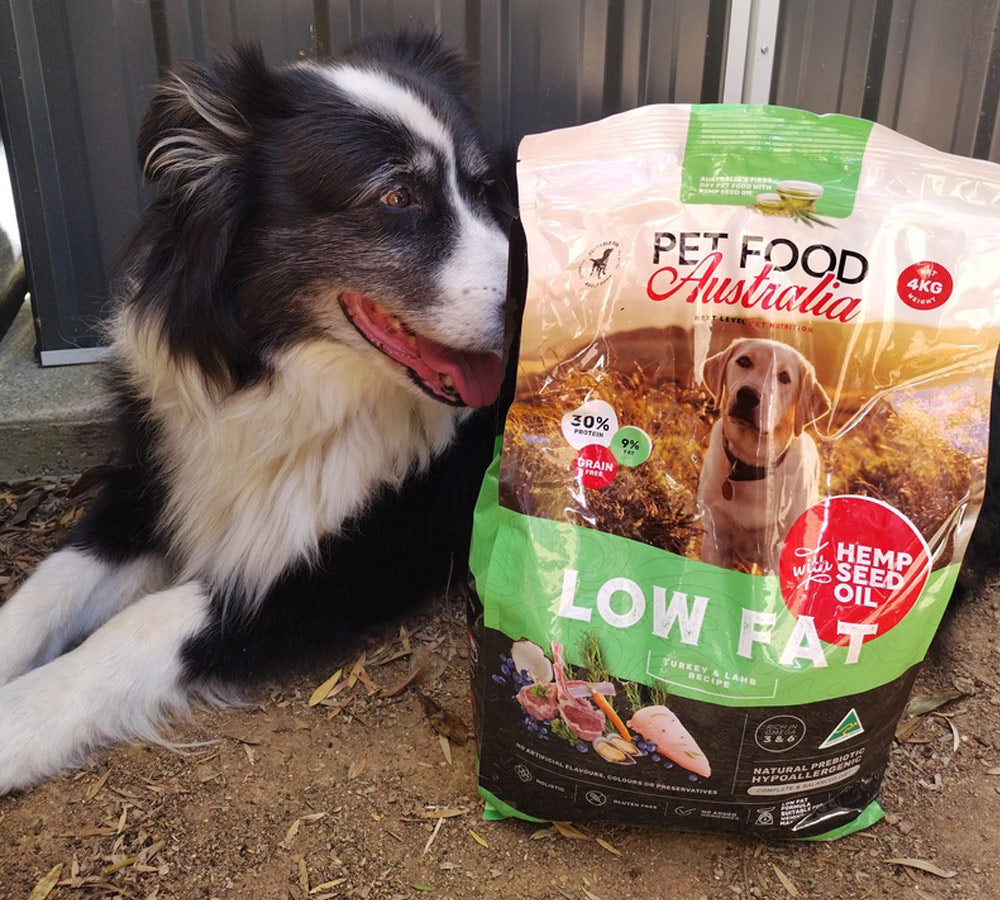Dogs-ercise | How Much Exercise Do Dogs Really Need?

As human beings, some would say that there are very few areas of our lives, both physically and mentally, that aren't benefited from physical exercise. Right? Now, ask yourself this. As an adult, what would happen if you became restricted by a specific space, unable to leave, unable to communicate with anyone outside of the perimeter you're locked in, and not be free to see the outside world? It would be a pretty bleak existence, wouldn't it?
So, like many things, the benefits of getting out of the house for physical activity apply to dogs equally as they do to humans.
Okay, okay, it wasn't our intention to start on such a downer. Still, we wanted to communicate the seriousness of how being under-exercised can affect your dog's mental and physical state. So with that in mind, let's firstly chat about:
THE CONSEQUENCES OF UNDER-EXERCISING YOUR DOG

Again, like humans, a lack of exercise and an innutritious diet can lead to all sorts of health issues for your once-perfect pooch. Overweight dogs can sadly suffer from various health problems such as diabetes, respiratory disease, and heart failure. Obesity in dogs can also lead to joint, mobility, and skin issues.
On top of the physical risks, a lack of exercise can also lead to destructive behaviors in dogs as they become bored and frustrated with their restricted lifestyle. This might manifest as chewing on furniture or other objects, excessive barking and howling, and even separation anxiety. We'll touch more on this last one later.
The list goes on, but we think you get the point - a lack of exercise isn't healthy on any level.
HOW MUCH EXERCISE DO DOGS REALLY NEED?
How much exercise do dogs really need is a loaded question with no definitive answer. The amount of activity your dog needs depends on various factors such as age, weight, breed, personality, and general health.
Dogs' most frequently cited daily exercise quota is at least 30 minutes. And for some dogs, such as toy breeds or less active breeds, that's perfectly acceptable. Additionally, if your dog is already at a healthy weight and doesn't tend to be too high-energy, then 45 minutes is probably all they need.
But for other dogs, that number just isn't enough. If you have a high-energy breed like a border collie or jack russell terrier, they might need minimum an hour or even two hours of exercise per day.
To gauge your pup's individual needs, it's always best to start slow and gradually increase the amount of time you're exercising them as you get a feel for how they respond.
And remember, exercise comes in all shapes and sizes - not just walks around the block. We'll touch on some alternatives later.
WHY DOGS NEED EXERCISE

We know, we know. Dogs have been living quite happily without regular exercise regimes for centuries now. But that doesn't mean they don't need or benefit from it.
Dogs in the wild live very active lifestyles as they spend their days scavenging for food, running from predators, and socializing with their pack members.
While the domesticated life might not be as dangerous or high-stakes, dogs still benefit from having some outlet to express their natural energy and instincts.
Again, let's make this comparison - if you were cooped up in your house all day with no human interaction, how would you feel?
We're guessing not too great.
The same goes for your dog. Your precious pup needs exercise not just for physical health but also mental wellbeing.
THE IMPORTANCE OF WALKING - Not just potty breaks
Walking is excellent for dogs of all ages, shapes, and sizes. It's a low-impact activity that provides endless benefits.
Not only does it give your dog a chance to relieve themselves, but it's also an opportunity for them to explore the world and take in all the new sights and smells.
Walking is also a great bonding experience for you and your pup, giving you quality time together without too much distraction.
And if you live in a busy city or have limited access to green spaces, walks are even more critical as they provide your dog with much-needed mental stimulation.
OTHER TYPES OF EXERCISE

Beyond walking, you can do plenty of other activities with your dog to get them moving. For example, if you have a backyard, you can set up an agility course for them to run through.
If your dog loves to play fetch, you can use that to your advantage and play a few daily rounds. You can also hide treats around the house or in your backyard for them to find. Doing so is a great way to keep their minds active as they try to figure out where the treat is hidden.
And if you're feeling really ambitious, you can spend time training your dog to do simple tricks like sit, stay or lie down. Not only is this a great way to bond with your pup, but it's also excellent mental stimulation for them.
PUP PARTICULARS
Puppies: Puppies have boundless energy and need plenty of exercises to burn it off. They also benefit from the mental stimulation that comes from playing and exploring.
That said, puppies are still growing, and their bones and joints are not yet fully developed. So make sure you take it easy when you notice them getting tired. Growing pups haven't fully developed their bones and joints, making them more susceptible to injury if they overdo it.
For this reason, it's essential to start slowly with puppies and gradually increase the time they're exercising as they age.
Older Dogs: Just because your dog is getting up there in years doesn't mean they don't need exercise. In fact, older dogs often benefit from being more active as it can help them maintain their muscle mass, flexibility, and joint health.
That said, older dogs sometimes have trouble with long walks or intense exercise due to arthritis or other age-related issues. If this is the case, there are still plenty of low-impact options you can do with them to keep them active.
Small Dogs: Small dogs often get a bad rap for being yappy or high-strung, but this is usually due to boredom or lack of exercise.
In reality, small dogs need just as much exercise as their larger counterparts. The best way to ensure they're getting enough exercise is to make sure they're getting at least two walks a day - one in the morning and one in the evening.
Large Breeds: Large breeds like Labrador Retrievers, German Shepherds, and Golden Retrievers were bred for working, so they have a lot of energy to burn.
Ideally, they should get at least one hour of exercise daily. This can be through walks, runs, hikes, or even just playing in the backyard.
EXERCISE HACKS

Get a dog walking app: There are tons of fabulous dog walking apps that can help you ensure your pup is getting enough exercise. Our favourites include Pawsome, Dog Walking Tracker, and Walk for a Dog.
Join a dog walking group: If you live in a big city, chances are there's a dog walking group you can join. This is a great way to meet other dog owners and ensure your pup gets the exercise they need.
Go to the dog park: Dog parks are great places for dogs to socialize and burn off some energy. If you don't have a dog park near you, see if there's a place where your dog can run off-leash.
THE WRAP-UP
Exercise is essential for dogs of all shapes, sizes, breeds, and ages. It helps keep them happy and well-behaved and helps them avoid health issues down the track.
So, how much exercise does your dog need? Ultimately, the best way to ensure your dog is getting enough exercise is to start small and watch for cues such as digging, chewing, or barking that may indicate that they need more exercise and go from there.
As always please do not hesitate to contact us here or follow along on Facebook, Instagram & Youtube for more tips, tricks, and a whole lot of funny animal memes.













